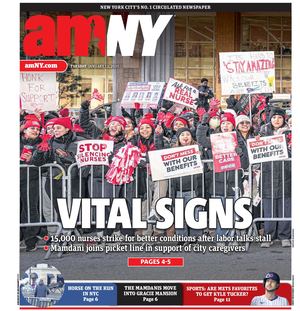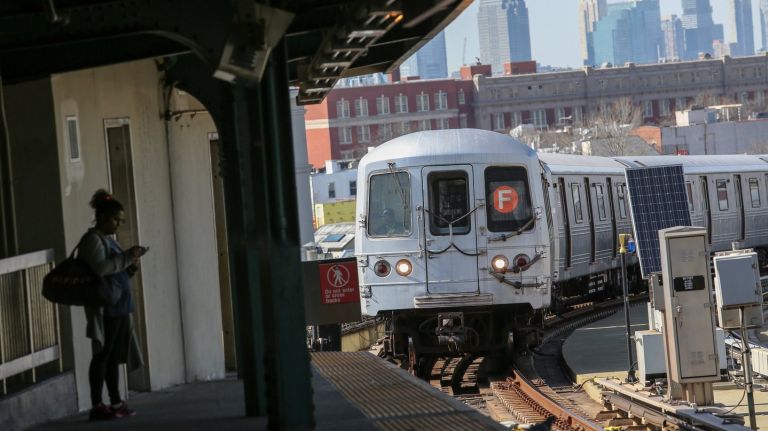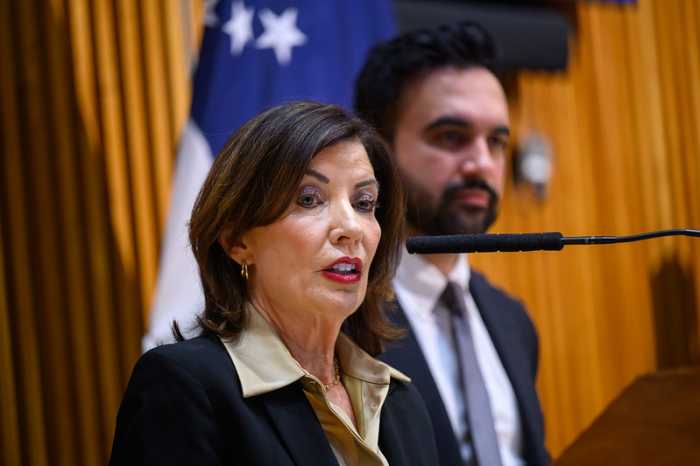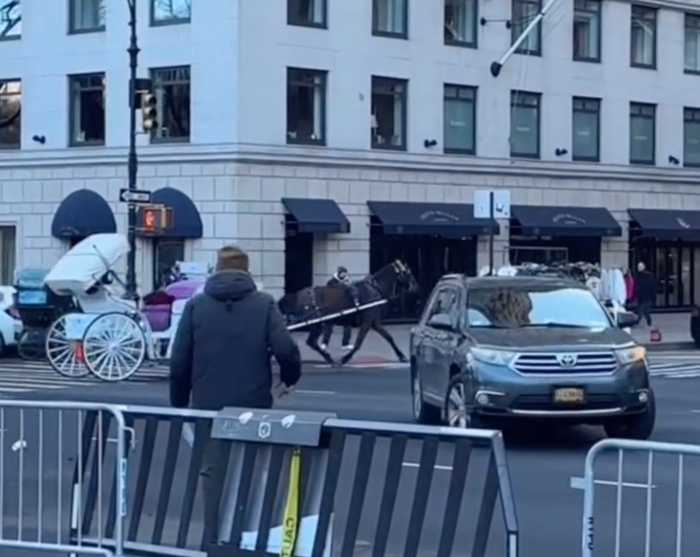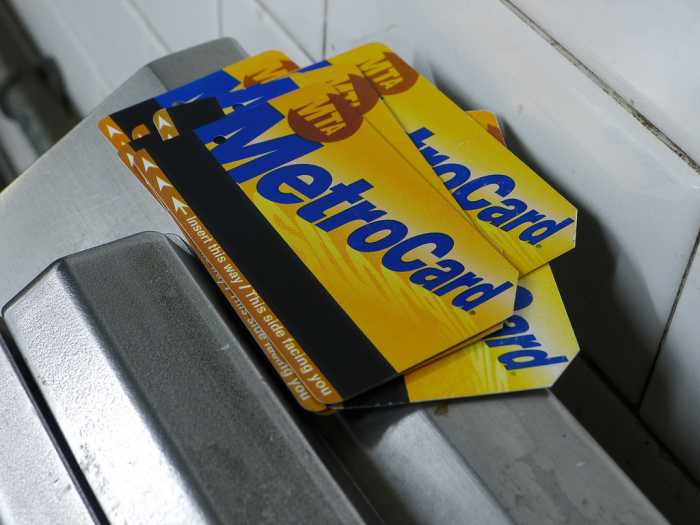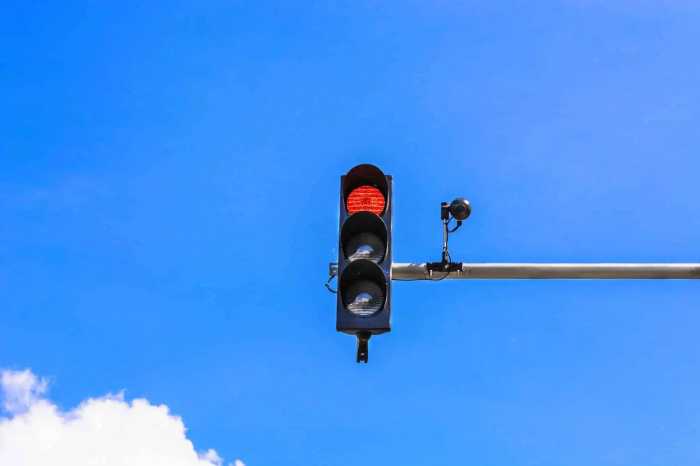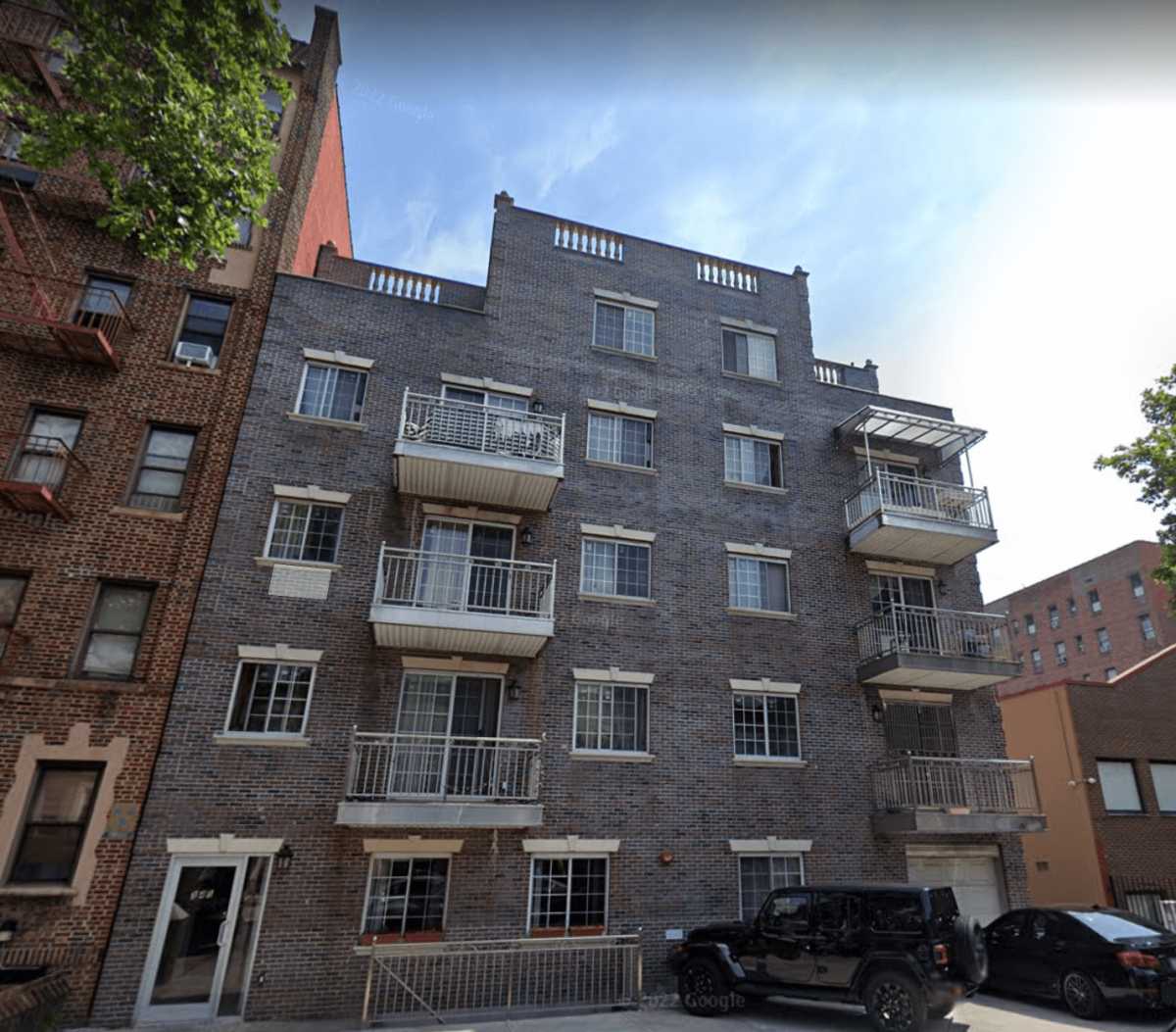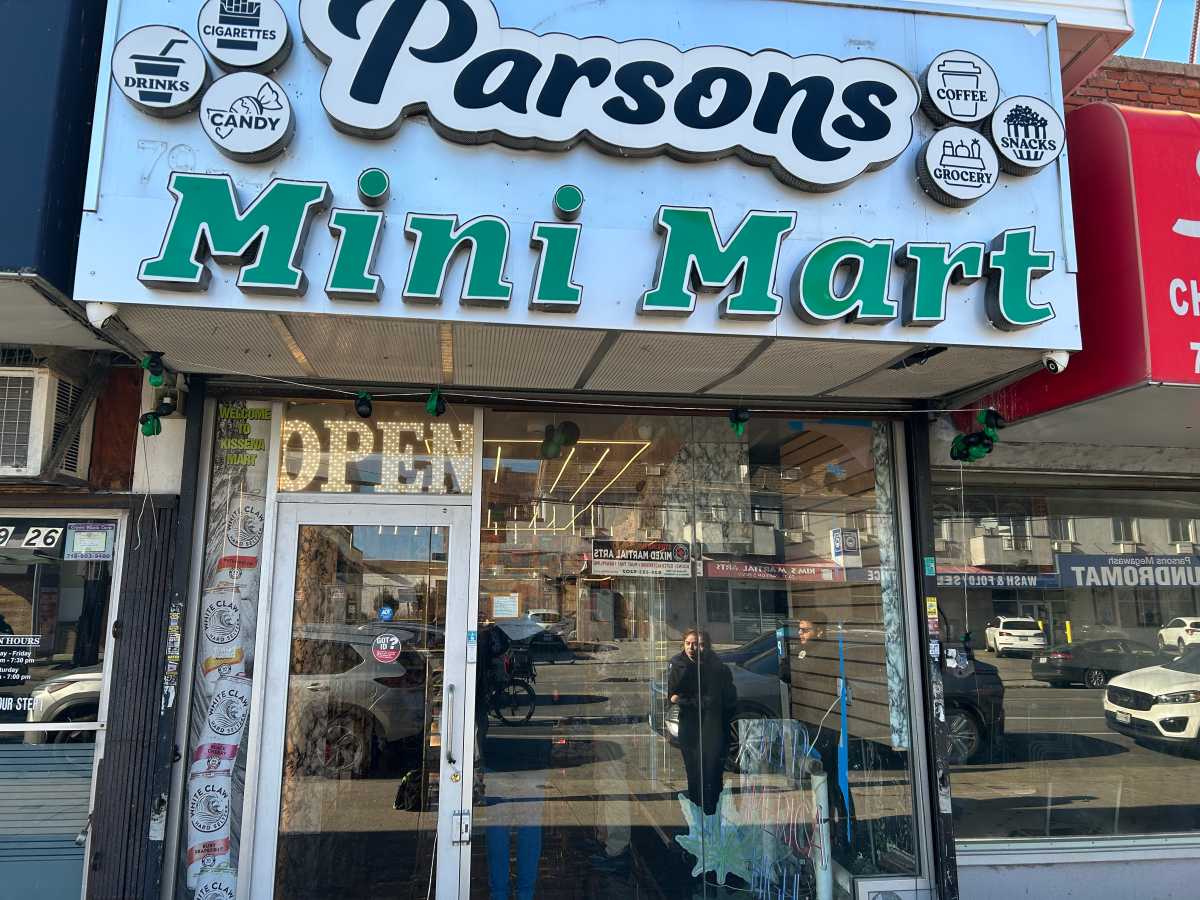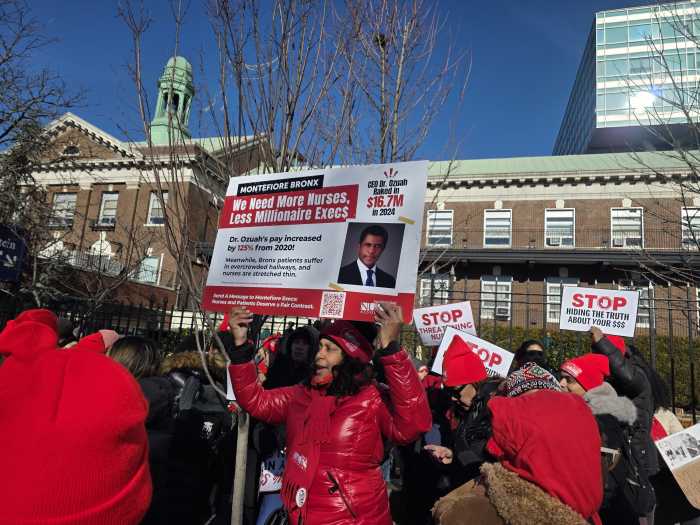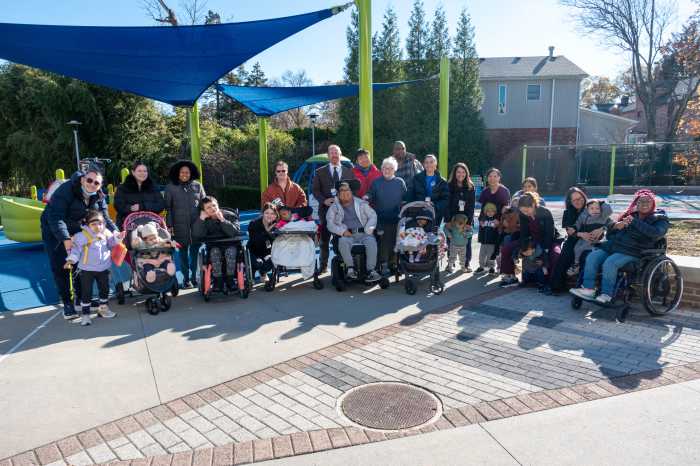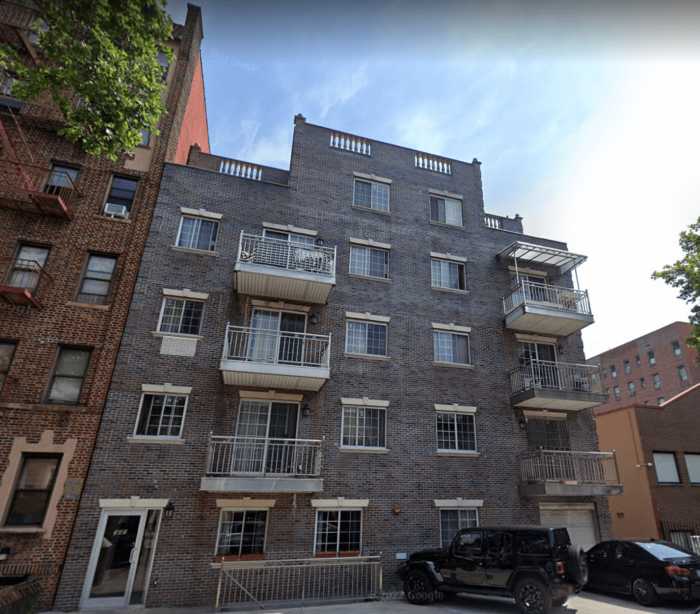
As subway and bus ridership continues to decline, the Metropolitan Transportation Authority is looking to slightly bump up service on several lines and routes.
The moves come as New York City Transit president Andy Byford gears up to release his highly-anticipated corporate plan on Wednesday. Byford described the plan Monday as a “compelling, bold, imaginative” proposal, with details to modernize infrastructure, processes and culture.
In the enhancements announced Monday, subway service increases during off-peak, weekday hours are slated to begin in November along the A, D, E and F lines. They are expected to cut wait times between trains by up to 2.5 minutes. The MTA board is expected to vote in favor of the changes Wednesday.
The biggest improvement would be seen on the D line, where the MTA plans to add four additional roundtrips between 3:30 p.m. and 9 p.m. This 33 percent increase in late afternoon and late evening service will reduce the current 10-minute scheduled wait time to 7.5 minutes.
Commuters waiting for uptown D service in midtown Monday welcomed any service increases, but remained skeptical extra trains would translate into success.
“You’ll just be waiting on a train, and it seems like it’ll never come,” said Osaze Bryson, 45, a Harlem resident who uses the subways during off-peak hours to make commercial deliveries. “The D will take a while — whether it’s rush hour or not.”
The A line, where the MTA runs 21 roundtrips between 8 p.m. and 11:30 p.m., will get an additional three trips during those hours, cutting the average wait time between trains from 10 to 8.8 minutes.
Susan Morningstar, a Washington Heights resident who largely commutes on the A train, said she has started depending on ride-hailing services to avoid the subway.
“The A can be a nightmare. And on the weekends — thank God for Via,” Morningstar said, referring to a ride-hailing company. “You just can’t get around on the weekends.”
E line riders will see another three roundtrips right after the morning rush hour, between 10:30 a.m. and noon. This is expected to decrease the average wait time from 7.5 to 6 minutes. And F service will get more service at two different intervals: three more roundtrips between 10:30 a.m. and 11:30 a.m. and another three additional trips between 8 p.m. and 9:30 p.m. Waits on the F line vary within those hours, but, on average, riders will see a train pull up about 1.2 minutes sooner.
Above ground, the MTA is planning to boost service on several Queens bus routes, including adding trips for Saturday schedules of the Q6, Q8, Q29, Q47, Q49 and Q101, as well as increasing trips on the Q65’s Sunday schedule.
At Monday’s MTA Transit Committee meeting, board member Carl Weisbrod asked why the authority was not improving service during the peak commuting period. Peter Cafiero, the MTA’s chief officer of operations planning, responded that the authority’s current infrastructure limits how much service can be added at those hours. Cafiero also noted that during rush hours, the MTA is currently within its loading guidelines, which determine how many trains are needed to move the typical number of riders.
“Most of our lines, during peak hours, we are at track capacity,” Cafiero said. “There are a few lines where we have some ability to add peak service, but right now we are within loading guidelines on those.”
There are a variety of factors that impact subway capacity. A key consideration is the signal system that controls how close trains can run from each other, which currently relies on 19th century technology.
The signals are one element of modernization that Byford is pursuing in his corporate plan.
Still, the MTA is following newer safety protocols that limit the speeds of trains, therefore reducing the system’s capacity. Byford is currently studying the extent to which trains are being slowed and how that impacts train service.
On-time performance of subway trains, a metric that measures how many trains reach their end terminal within five minutes of their scheduled arrival, has plummeted over the years. That stat dropped from just over 85 percent in March 2012 to 65.2 percent this March.
That coincides with a weekday drop in subway ridership from just under 5.7 million in March 2016 to less than 5.5 million this March. Local bus ridership, in the midst of a longer decline, fell from more than 2 million in March 2016 to less than 1.9 million this March.
At the same time, ride-hailing services like Uber and Lyft have flooded the streets of the city, sapping the MTA of riders. Nonexistent at the turn of this decade, Uber and other ride-hail companies now complete more than 500,000 trips per day in the city, according to March Taxi & Limousine Commission data.
“We’ve come to see the limitations to what the MTA is able to provide until there’s a significant investment in the signaling system and new train cars and … a broader reinvention of the subway system,” said John Raskin, of the Riders Alliance.
